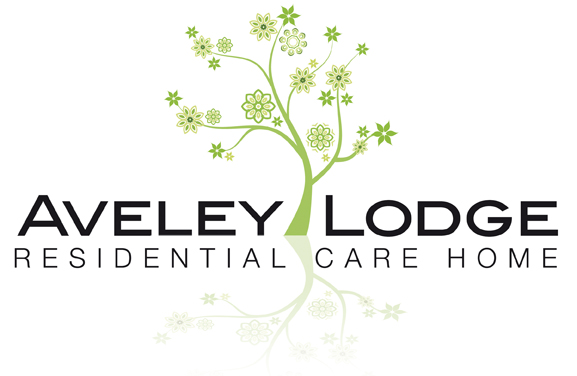Postural support, how to take care of your bones
As we get older our bones tend to lose strength, but by using diet and exercise you can help keep them strong and healthy.
Protecting your bones is not only about the bones themselves but also about the muscles they are attached to.
Being inactive makes your muscles and bones lose strength.
Older people can sometimes be less active than when they were younger but there are ways to exercise and doing something is better than doing nothing.
Moderate intensity exercise includes walking, water aerobics, ballroom and line dancing, riding a bike on level ground or with few hills, playing doubles tennis and pushing a lawn mower. You should aim to do about two and a half hours of moderate exercise a week.
For muscle strength weightlifting, carrying grocers, going up and down stairs, gardening and yoga are all possibilities. Yoga and tai chi are also good for improving balance and flexibility.
Posture is also important for healthy bones, particularly in the spine, and you should try to always sit and stand up with your spine straight. You should also ensure you sleep on a firm, not soggy, mattress. Sitting still for hours is also not good so if you do sit at a desk or watch television a lot make sure you get up and walk around every half hour or soi.
The other element essential to maintain healthy bones and muscles is a healthy diet and vitamins.
Particularly important are:
- calcium to keep our bones and teeth healthy
- vitamin D to help our bodies to absorb calcium
- protein for muscle maintenance
For those at risk of fractures due to osteoporosis, it is particularly important to look after your back.
Make sure you bend your knees when lifting objects. Avoid movements that involve awkward bending and lifting movements and be careful about some types of high impact exercises.



